Distress Calls -Modern Technology or Good Old Fashioned Radio Waves? Mobile Phone vs VHF Radio
Mobile technology is advancing at a great speed on knots and almost everyone these days has a smart phone. Sailing Apps have revolutionised the amount of data and programmes we can download and use at sea on one device in our pocket. So why do we still need a VHF Radio when out and about on the water? Why not rely on our mobile phones to make that all important distress call? So here we go Mobile Phone vs VHF Radio……
Mobile Phones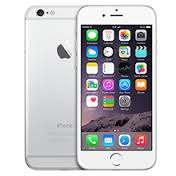
It might appear to be the quickest and most effective way of alerting someone that we are in distress and require help. In reality there is no reason why you should not call 999 and request the Coastguard, that is if you have signal.The most obvious drawbacks of using a mobile device are limited signal range, limited battery life and a mobile phones inherent dislike of sea water and damp conditions.
The most limiting factors to consider are; a mobile phone only communicates with one other party at one time, and is unable to communicate your position at sea.
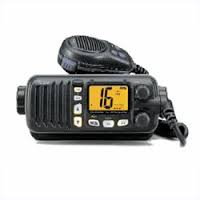 VHF Marine Radio
VHF Marine Radio
VHF Marine Radios, whether hand held or built in are designed for the marine environment and are the primary means of communication between vessels on the water. They are not just used for emergency and distress calls by the Coast Guard and Lifeboat Stations, but are used by harbour authorities and marinas, Pilots, pleasure craft and commercial shipping vessels. Their main advantage is that they transmit to all other VHF Radios within range.
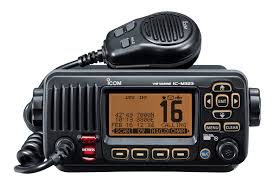 VHF Marine Radio with DSC Function
VHF Marine Radio with DSC Function
VHF Radios fitted with the DSC Function (Digital Selective Calling) have the ability to send a distress call at the push of a button. The DSC Emergency button, when pressed, automatically sends your boat’s identity (MMSI Number), position and the nature of distress to all DSC equipped vessels and shore stations within range. The position fixing of the vessel in distress is precise and accurate which is paramount for the Emergency Services to locate the vessel quickly.
DSC equipped Radios will automatically sound an alarm, once a distress message has been received, then automatically tune to Channel 16 to await the Voice Distress Message.
Fundamentally the VHF & DSC function are the recognised marine communication system. They are built for the marine environment and they communicate with all other VHF & DSC radios within range, either Ship to Ship or Ship to Shore. Accurate information is transmitted regarding the vessels identity, position and distress situation.
![]()
VHF Radio Registration
All Marine VHF radios need to be registered with OFCOM. They also issue the MMSI number. This number acts as a digital phone number and identifies that particular DSC VHF radio and the vessel it is located on.
http://licensing.ofcom.org.uk/radiocommunication-licences/ships-radio/
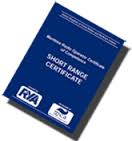 Operator’s Licence
Operator’s Licence
The Short Range Certificate is the minimum qualification required by law to control the operation of VHF and VHF Digital Selective Calling equipment on any British flagged vessel, including both fixed and handheld equipment using international channels.
The RYA offer the Marine Radio Short Range Certificate Course. This is taken in 2 parts. Firstly, the award winning RYA online course prepares you for your practical assessment and final exam. The practical and exam are taken in the classroom at your RYA Training Centre.
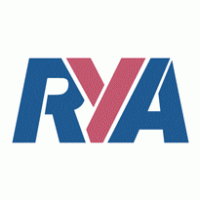
RYA Online preparation: http://www.rya.org.uk/coursestraining/courses/specialist/Pages/OnlineSRCtaster.aspx
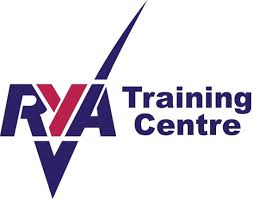
RYA Training Centre for Practical Assessment & Final Exam: http://pembrokeshirecruising.co.uk/marineradio.php
The Verdict – Mobile Phone vs VHF Radio
Mobile Phone vs VHF Radio – it’s simple! The VHF DSC wins hands down. Yes take your mobile with you, use the Sailing apps and keep in contact, but don’t rely on the mobile phone for emergency and distress situations, whether inshore or offshore.



